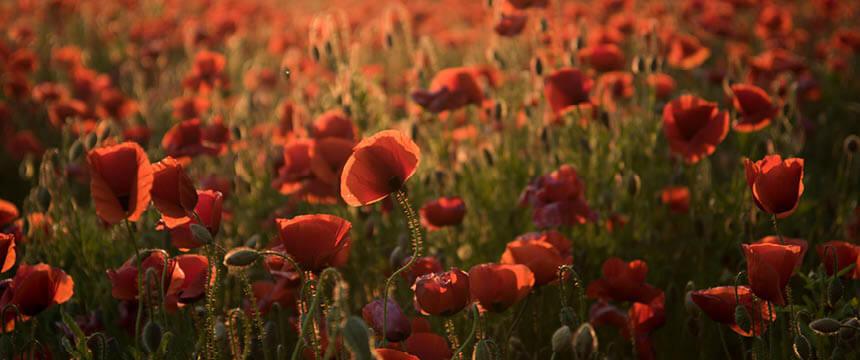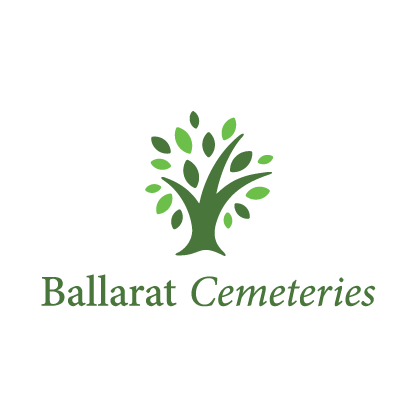
Anzac Day 2020 is unlike previous years, in that we will not be able to join in the dawn services and community events that usually mark the day of remembrance. With respect to those soldiers fallen, we present a piece noting a Victorian Cemetery’s community Anzac Day preparation in 2019.
Remembering All Fallen Soldiers
ANZAC Day 2019 and the grounds of Ballarat General Cemetery (BGC) are chequered with Australian flags and plaques on graves recognizing soldiers who served in Australia and New Zealand’s first major conflict, World War I. Annie De Jong, CEO of BGC, started preparing for the centenary of World War I (celebrated between 2014 and 2019) years before, to ensure all WWI veterans would be recognised in future ANZAC Days.
Firstly, she had to identify all graves and memorials for soldiers, and secondly report on this information in their software management solution, OpusXi.
The Technical Record
In order to identify which headstones and plaques belonged to which returned soldiers, OpusXenta added a field to BGC records to note if the deceased person was firstly, a returned solider and secondly which conflict they fought in. While the immediate priority was to identify WWI veterans, Ms De Jong also wanted to ensure soldiers from all conflicts were recorded for future events and anniversaries. Capturing this data and running detailed reports was the easy part.
Just How Do You find Soldiers Graves?
Thanks to the efforts of BGC, local volunteers, visitors and local author Gary Snowden’s extensively researched book They Answered Their Country’s Call: Short Accounts of Service and Sacrifice; graves, plaques and memorials were found. Mr Snowden’s book profiled WWI soldiers who were buried in both BGC sites; Ballarat Old and Ballarat New Cemetery.
BGC also received assistance from volunteers who walked through both cemeteries, read inscriptions and looked for the rising sun, the Australian Army badge, on headstones and plaques. This information was transcribed and used to update the records of all soldiers.
But still, BGC knew not all graves had the rising sun symbol or any acknowledgment of service in a war. The first year BGC had identified 1,200 veterans’ graves and recognized these by placing Australian flags on them for ANZAC Day. The following and second year approximately 300 more graves had been found, the third year there were 2,000 – this year in 2020 they estimated around 3,500 veteran graves would be acknowledged.

It Takes A Community
In preparation for Anzac Day 2019, 400 local school children in grades 5 and 6, from 12 primary schools were given names and maps to find the right headstones and plaque and placed flags on the veterans’ graves. “The visual impact was immediate, to see the overwhelming number of people who fought in WWI in the region was amazing for visitors and locals who passed by the cemeteries.”
Ms De Jong knew there were more unknown graves to find so they spoke to the community through newspaper and radio announcements and asked where people knew of a family member who served, especially if not recognized on their gravestone or plaque, to be in contact with the cemetery.
For some families there was no celebration for fallen soldiers; not all wars were treated with the same support and celebration for returning veterans. And some families could not afford to pay for a burial, so the returned soldiers may have had a pauper’s burial and it may not have been recorded.
The Next Challenge
Ms De Jong says the challenge was then to record when someone says in passing that grandad fought in the war, to record that information. One-way BGC is trying to do this is by placing Australian Flags and blank notes at each entrance to the cemetery for ANZAC Day and asking visiting families to note where they know someone served at war.
This is just one-way BGC is engaging with the community to recognise and celebrate the region and its history. Whilst there may not be any WWI veterans left among us, the memory of them remains strong as does our commitment to them.
Lest we forget.
